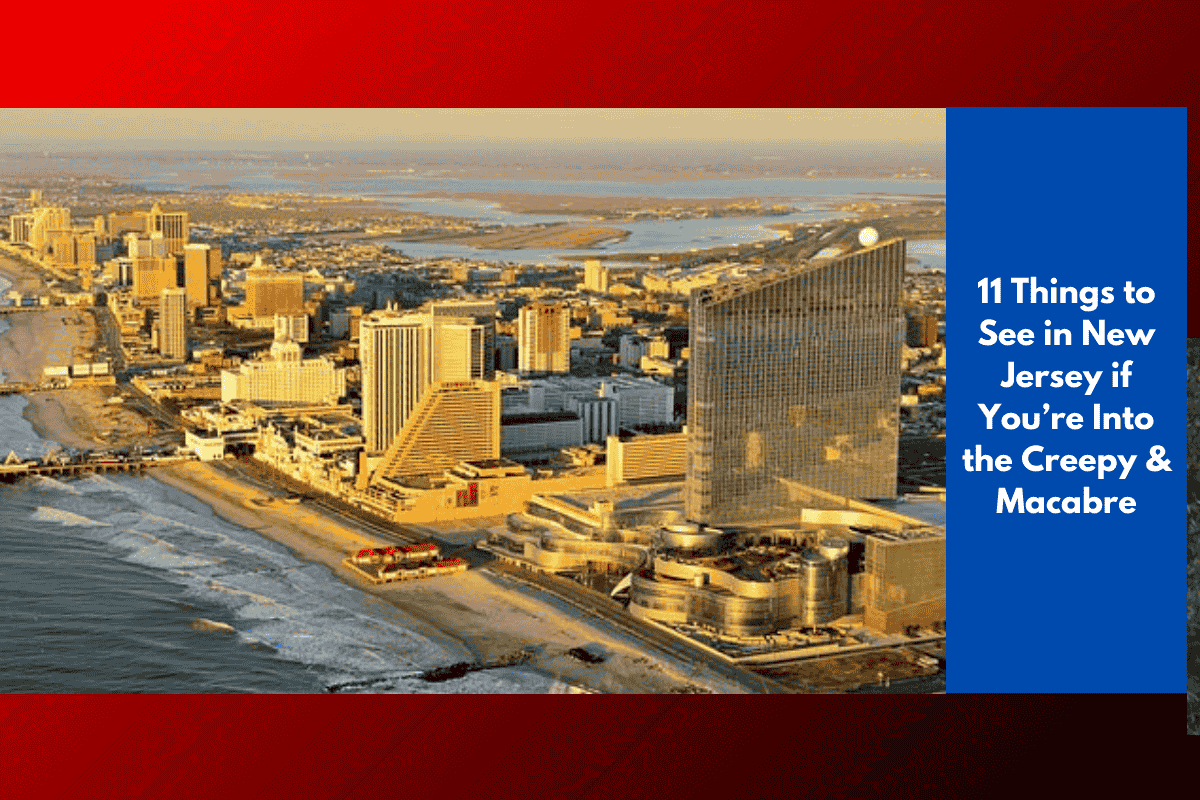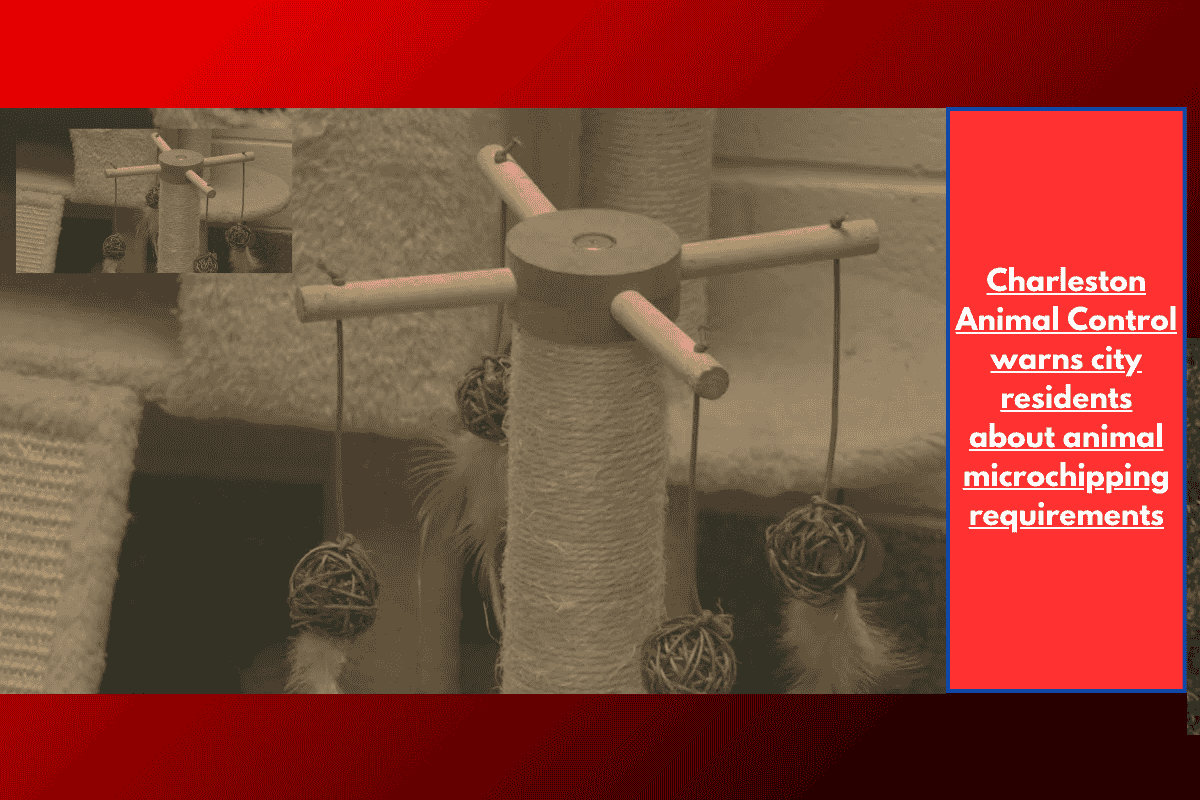The consumer price index (CPI) has been steadily climbing for over two and a half years, reaching a multi-decade high of 9.1% in June 2022. While inflation has since cooled, dropping to 7.7% in October, the CPI remains historically high. As a result, Americans across the country are feeling the financial strain, particularly those unable to absorb the rising costs of everyday goods and services. This has been especially hard for households already struggling with low incomes, as the price of everyday items continues to soar.
The Struggles of Low-Income Households
According to the U.S. Census Bureau’s 2020 American Community Survey, the typical American household earns about $64,994 annually. However, in nearly every state, many cities have households that are earning significantly less. This income disparity is made even more evident when considering the high rate of inflation affecting everyday expenses.
For example, in Tennessee, the median household income stands at $54,833. But in Morristown, a city in Tennessee with a population of at least 25,000, the typical household earns just $33,511 annually. This is nearly half of the state’s median income and reflects the financial challenges faced by many residents.
Rising Housing Costs
Housing prices are often a reflection of the income levels in a given area. In Morristown, the typical home is valued at $119,500, which is well below the statewide median home price of $177,600. Despite the lower cost of homes, the gap between income levels and housing prices illustrates the financial difficulty many families are experiencing. When incomes are low, even affordable housing options can be out of reach, especially when factoring in inflationary pressures.
The Broader Picture
Across the nation, inflation remains a concern, particularly for those living in cities and regions where household incomes fall short of the national average. While Morristown is a notable example of a city where household incomes are below the state median, many similar cities across the U.S. are grappling with similar economic challenges. As inflation continues to put pressure on the cost of living, it’s crucial to recognize the disparity between income levels and the rising cost of goods and services.
For many, these economic disparities highlight the growing need for policies and solutions that address wage stagnation, rising living costs, and the challenges of maintaining a stable standard of living.














